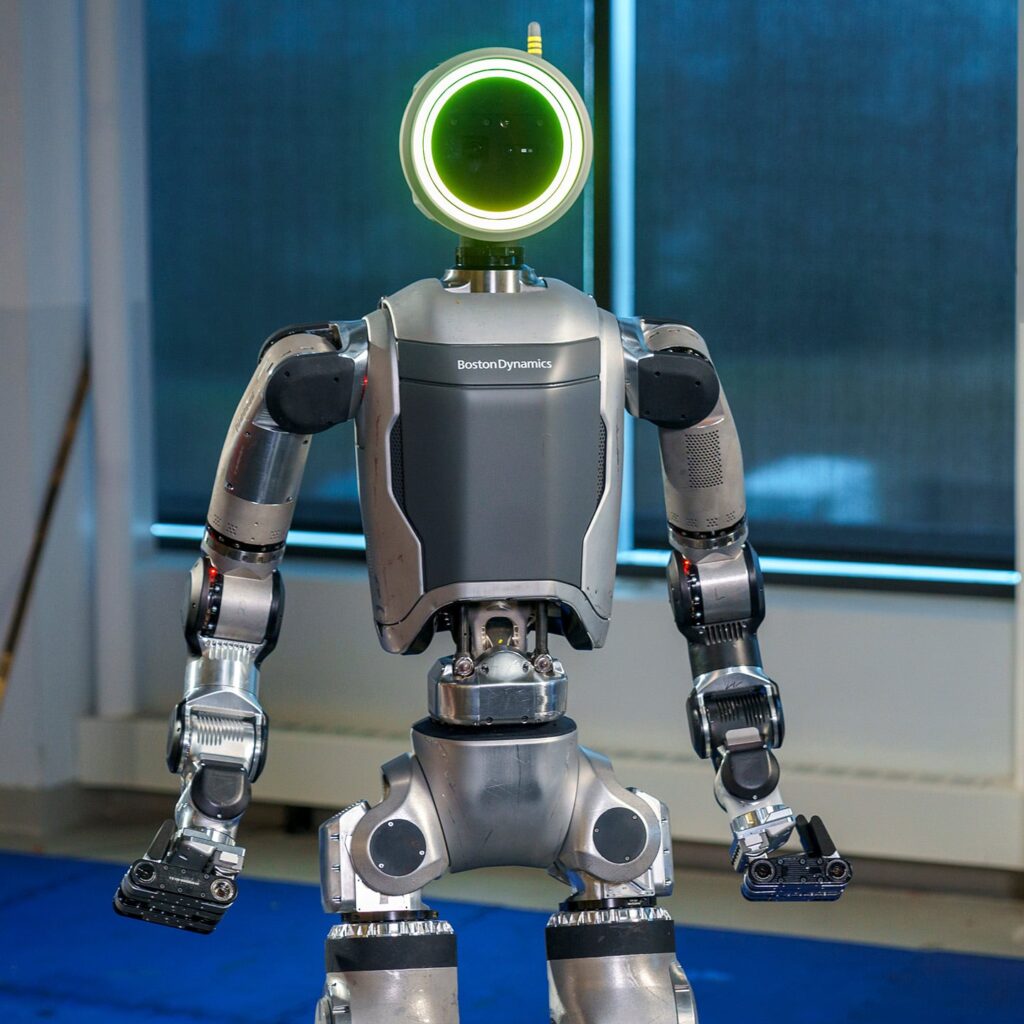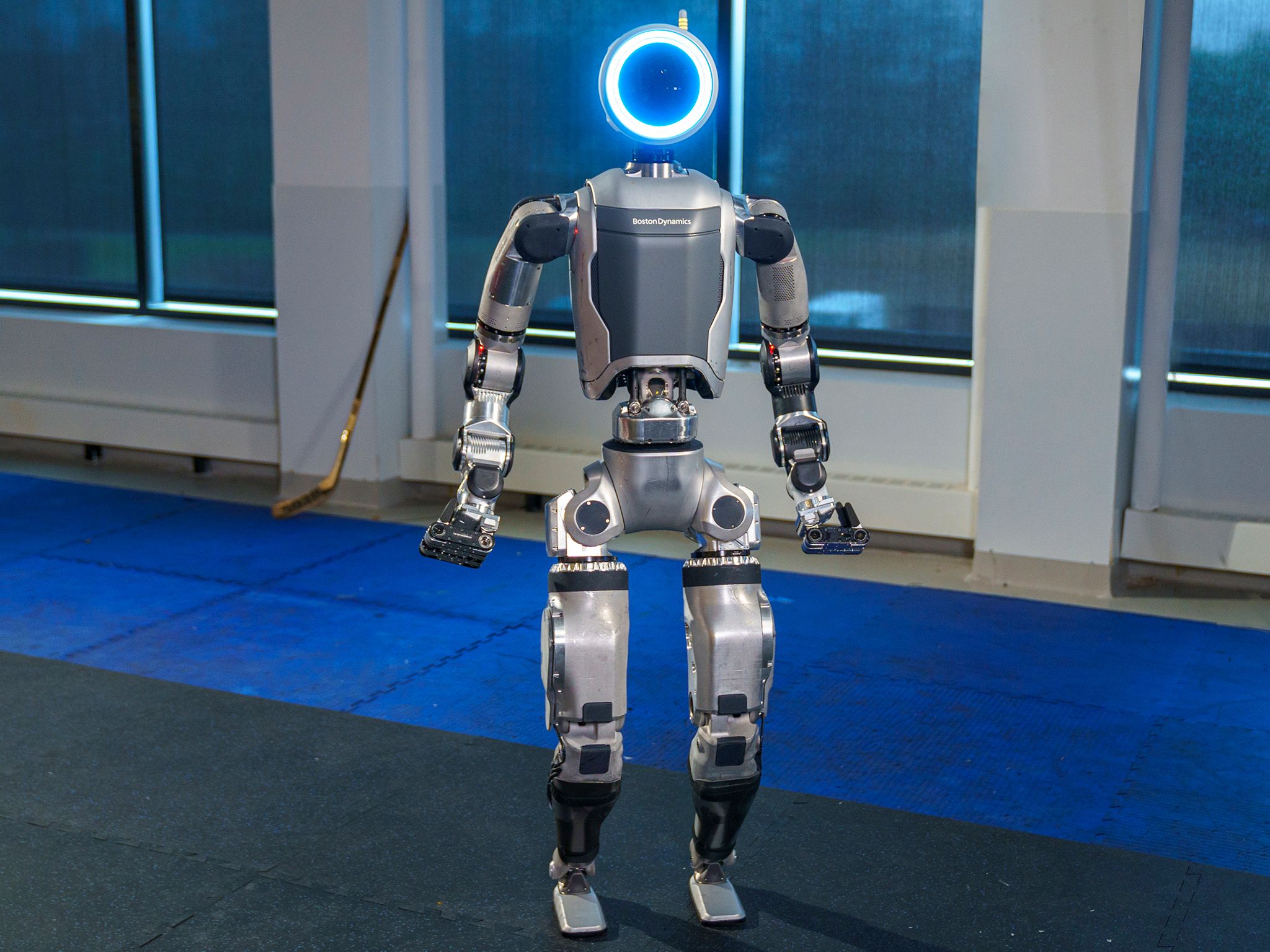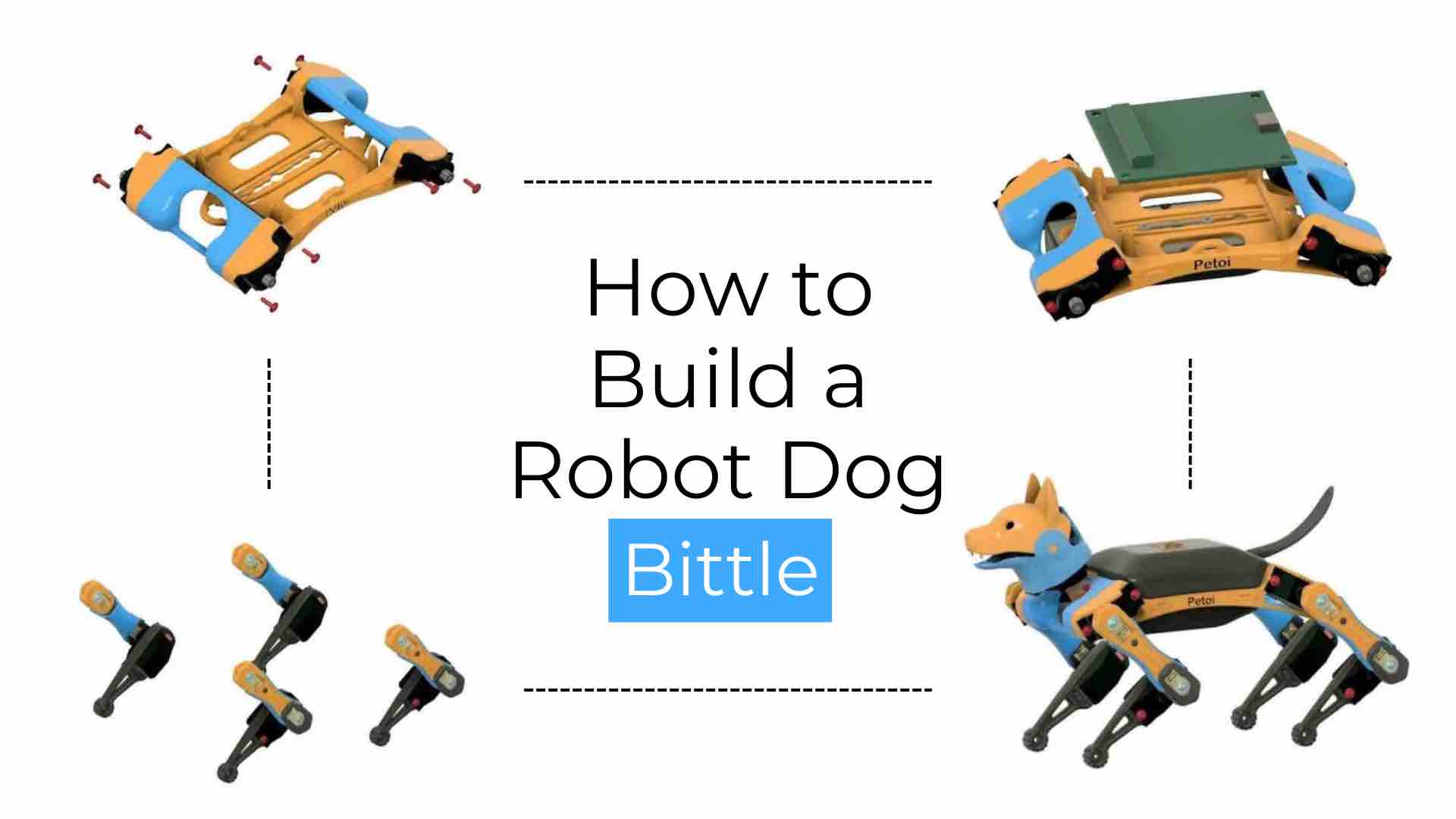How to Operate a Boston Dynamics Robot for Research?
Boston Dynamics has long been at the forefront of robotics research, developing some of the most advanced robots in the world. If you’re a researcher looking to work with these cutting-edge machines, it’s essential to understand how to operate them effectively. In this guide, we’ll walk you through the basics of operating a Boston Dynamics robot for research purposes.
Basic Controls
Before diving into more advanced functions, it’s crucial to familiarize yourself with the basic controls of a Boston Dynamics robot. These typically include:
- Powering on the robot
- Using the control interface
- Calibrating the robot’s sensors
- Executing pre-programmed movements
- Stopping and powering off the robot safely
Mastering these fundamental controls will provide you with a solid foundation for more complex operations.
Advanced Functions
Once you’re comfortable with the basic controls, you can start exploring the advanced functions of a Boston Dynamics robot. This may involve:
- Programming custom movements and behaviors
- Integrating additional sensors and equipment
- Performing complex tasks autonomously
- Implementing machine learning algorithms for decision-making
- Collaborating with other robots for coordinated actions
These advanced functions can significantly expand the capabilities of a Boston Dynamics robot and open up new possibilities for research.
Tips and Best Practices
To operate a Boston Dynamics robot effectively, consider the following tips and best practices:
- Regularly update the robot’s software to access new features and improvements
- Practice operating the robot in a controlled environment before conducting research experiments
- Document your operational procedures and findings for future reference
- Engage with the Boston Dynamics community for support and insights
- Seek training and certification opportunities to enhance your skills
By following these tips, you can optimize your research efforts with a Boston Dynamics robot.
Conclusion
Operating a Boston Dynamics robot for research purposes can be a rewarding yet challenging experience. By mastering the basic controls, exploring advanced functions, and following best practices, you can unlock the full potential of these remarkable machines in your research projects. Remember to stay curious, innovative, and collaborative as you navigate the exciting world of robotics research with Boston Dynamics.
How to Operate a Boston Dynamics Robot for Research?
Boston Dynamics has long been at the forefront of robotics research, developing some of the most advanced robots in the world. If you’re a researcher looking to work with these cutting-edge machines, it’s essential to understand how to operate them effectively. In this guide, we’ll walk you through the basics of operating a Boston Dynamics robot for research purposes.
Basic Controls
Before diving into more advanced functions, it’s crucial to familiarize yourself with the basic controls of a Boston Dynamics robot. These typically include:
- Powering on the robot
- Using the control interface
- Calibrating the robot’s sensors
- Executing pre-programmed movements
- Stopping and powering off the robot safely
Mastering these fundamental controls will provide you with a solid foundation for more complex operations.
Advanced Functions
Once you’re comfortable with the basic controls, you can start exploring the advanced functions of a Boston Dynamics robot. This may involve:
- Programming custom movements and behaviors
- Integrating additional sensors and equipment
- Performing complex tasks autonomously
- Implementing machine learning algorithms for decision-making
- Collaborating with other robots for coordinated actions
These advanced functions can significantly expand the capabilities of a Boston Dynamics robot and open up new possibilities for research.
Tips and Best Practices
To operate a Boston Dynamics robot effectively, consider the following tips and best practices:
- Regularly update the robot’s software to access new features and improvements
- Practice operating the robot in a controlled environment before conducting research experiments
- Document your operational procedures and findings for future reference
- Engage with the Boston Dynamics community for support and insights
- Seek training and certification opportunities to enhance your skills
By following these tips, you can optimize your research efforts with a Boston Dynamics robot.
Conclusion
Operating a Boston Dynamics robot for research purposes can be a rewarding yet challenging experience. By mastering the basic controls, exploring advanced functions, and following best practices, you can unlock the full potential of these remarkable machines in your research projects. Remember to stay curious, innovative, and collaborative as you navigate the exciting world of robotics research with Boston Dynamics.



